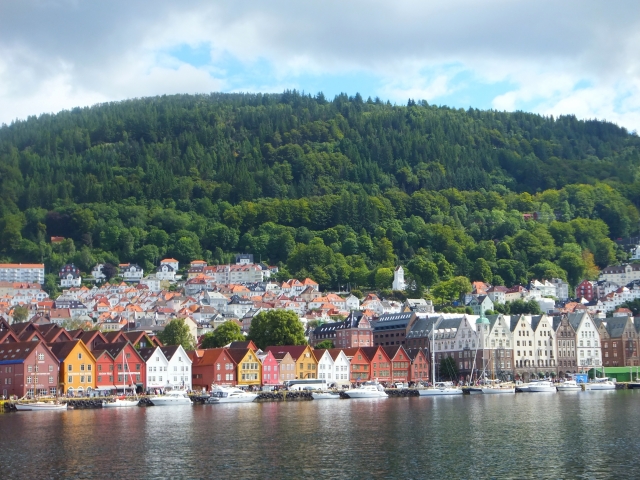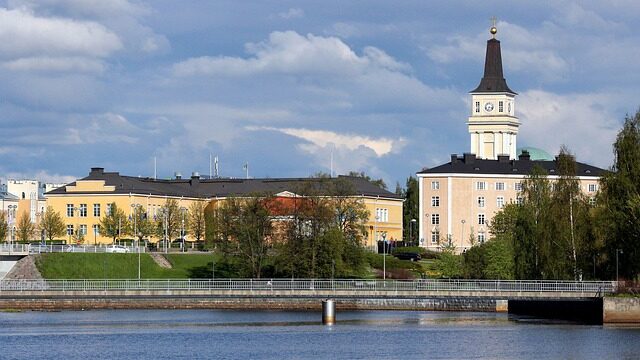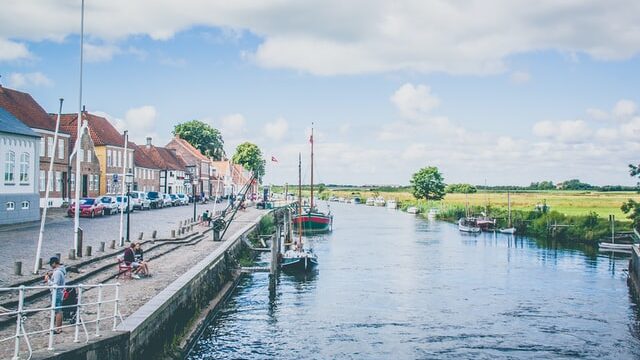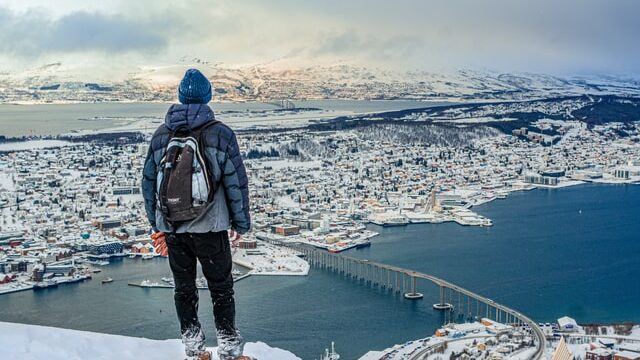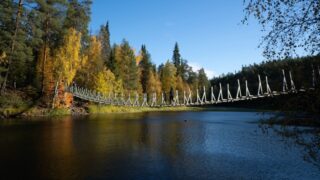Bergen is the second largest city in Norway, after the capital Oslo.
Bergen is the former capital of Norway and has a World Heritage Site called Bryggen.
In this article, I would like to introduce in detail what kind of city Bergen is and what things to see and do.
Bergen, Norway’s second-largest city by the bay

Bergen is the name of a city in Vestland on the west coast of Norway.
The city of Bergen developed with fishing as its primary industry, and until the 19th century, it was the largest port city in Scandinavia and enjoyed prosperity.
Bergen was also the capital of Norway from 1217 to 1299.
Today, Bergen remains one of Norway’s representative areas, with its beautiful fjords and the World Heritage Site of Bryggen, described below.
Bergen’s scenic streets and landscapes also served as the model for the Kingdom of Arundel, the setting of the Disney film “Frozen.”
The city flourished in the Hanseatic League
Since the medieval period from the 13th to 16th century, Bergen has flourished as a port city where numerous merchant ships passed through as a center of domestic and international trade.
Bergen’s development as a large city can be attributed to the Hanseatic League, which Bergen became a member of in the late 13th century.
The Hanseatic League was an alliance of cities that emerged in northern Germany to expand the economic zone.
After joining the Hanseatic League, which northern Germany led, many German merchants visited Bergen.
Dried cod, a Norwegian specialty, was a significant trade item there.
Bryggen, a World Heritage Site
The section of wooden houses that German merchants built as their residences and offices are called “Bryggen.”
During the Hanseatic League, Bryggen served as a trade center for importing and exporting goods to and from European countries.
Bryggen was one of the four major centers of the Hanseatic League in the late 13th century. As a result, many merchants from abroad migrated to the area.
Even after its role as a trade center has ended, Bryggen continues to thrive.
For example, the unique landscape of Bryggen attracts many tourists.

Wooden houses with triangular roofs and colorful paintings create a beautiful townscape that looks like something out of a picture book.
Some houses are still in operation and operate as stores, cafes, and public workshops.
This is an excellent place for shopping on your trip to Bergen.
Bryggen thus remained a crucial architectural reminder of medieval Norway during the Hanseatic period.
In 1979, Bryggen was inscribed on UNESCO’s World Heritage List as one of Bergen’s most representative landscapes.
Gateway to fjord tourism
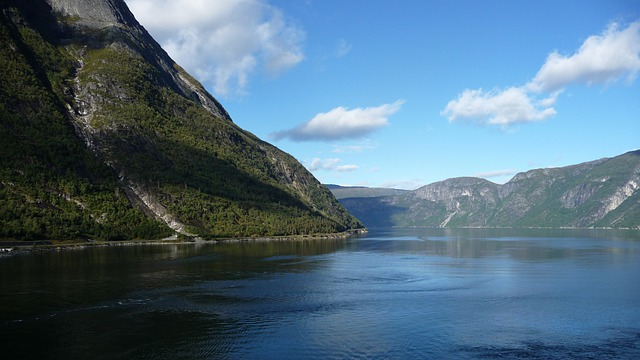
The area around Bergen is home to magnificent fjords.
Visitors can appreciate the natural scenery created by the extreme cold of Scandinavia up close.
For example, Hardangerfjord, located southeast of Bergen, is 179 km long. It is the second-longest fjord in Norway.
In addition, you can see the Sognefjord, the largest fjord in Norway.
Thus, Bergen is the gateway to Norway’s fjord tourism.
The fish market was born in the 13th century
As Bergen is Norway’s largest port city, a fish market is held daily in the square of Bergen harbor.
The tented stores sell seafood, including Norwegian salmon and dried cod, Norway’s specialty products.
In addition to seafood, the market offers a variety of foods and souvenirs for purchase.
The fish market in Bergen has a very long history, dating back to 1276.
At the market, visitors can also enjoy Norwegian specialties such as salmon sandwiches and fish cakes, a combination of fish and cake.
Mount Fløyen overlooking the city of Bergen
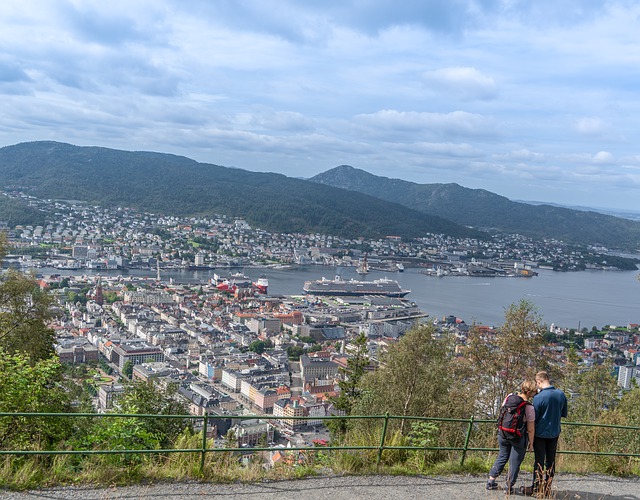
One of Bergen’s most famous nature spots is Mount Fløyen, located in the northeastern part of the city.
The summit of Mount Fløyen is 320 meters above sea level.
From the top of the mountain, visitors can enjoy a spectacular view of the city of Bergen and the fjord that stretches to the coastline.
There is a cable car to the top of the mountain, which takes about 5 minutes.
On the other hand, Fløyen has well-maintained mountain trails, so those who wish to experience mountain climbing on foot can also enjoy it.
まとめ
Bergen flourished as the capital of the Kingdom of Norway from the 12th to the 13th century and is still Norway’s second-largest city.
Bergen prospered as a hub for trade with the rest of Europe during the Hanseatic League in the Middle Ages.
The wooden houses built as offices by German merchants who visited Bergen then are now registered as a World Heritage site in the Bryggen district.
Bergen is also a city with many attractions, such as a majestic natural setting and a lively fish market that can only be found in a coastal town.
